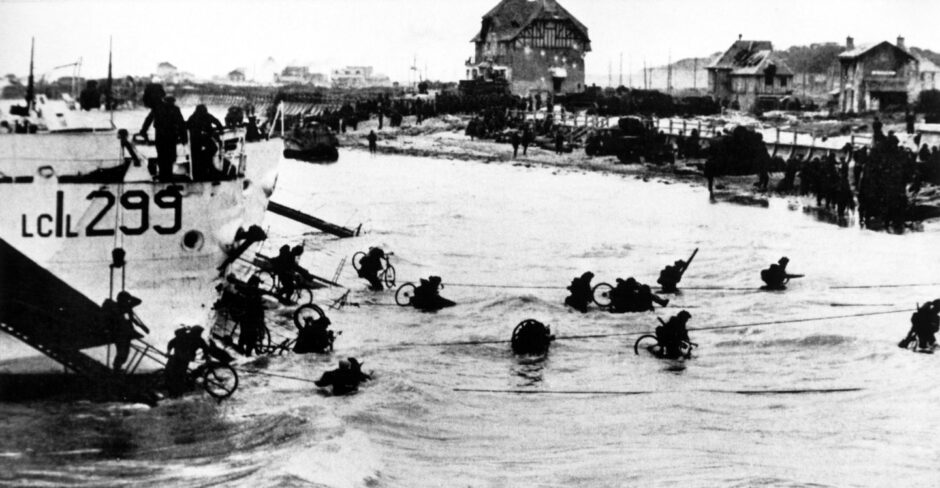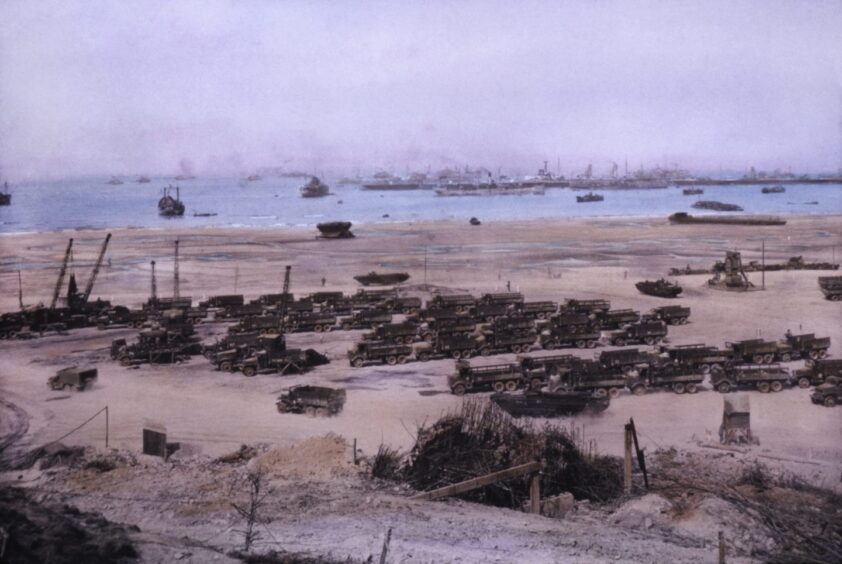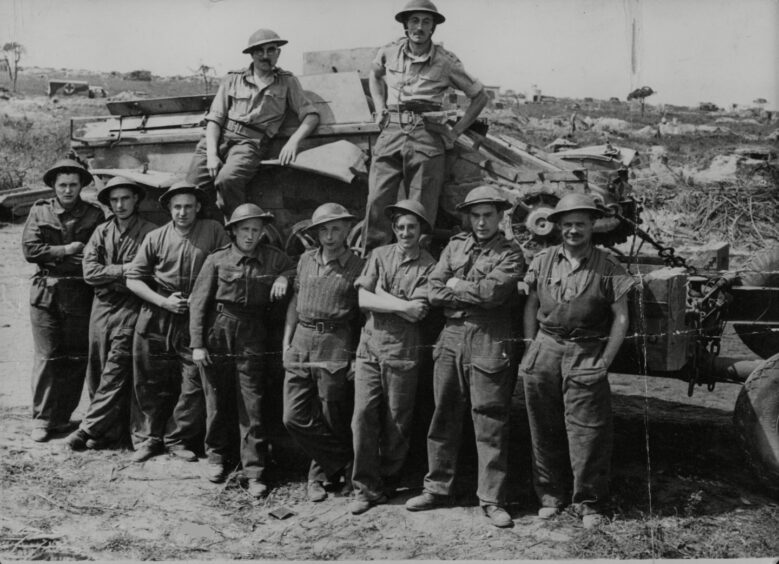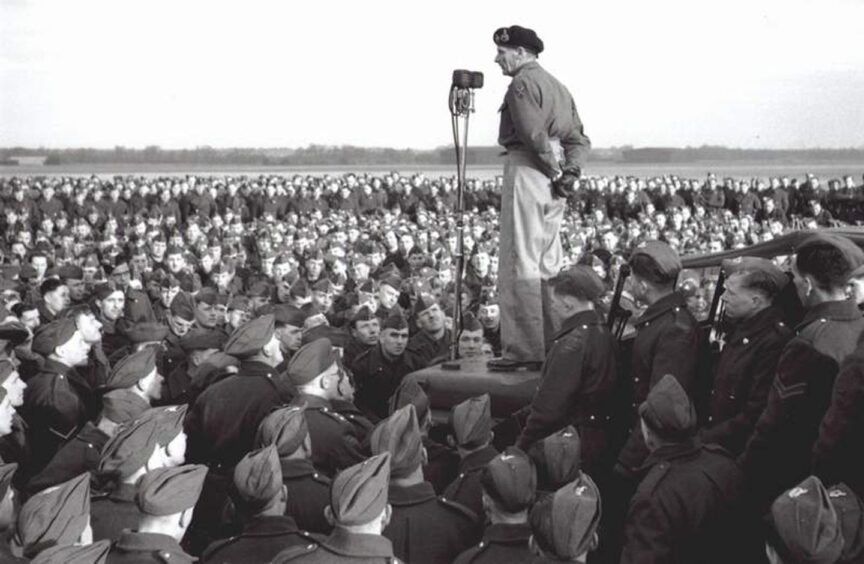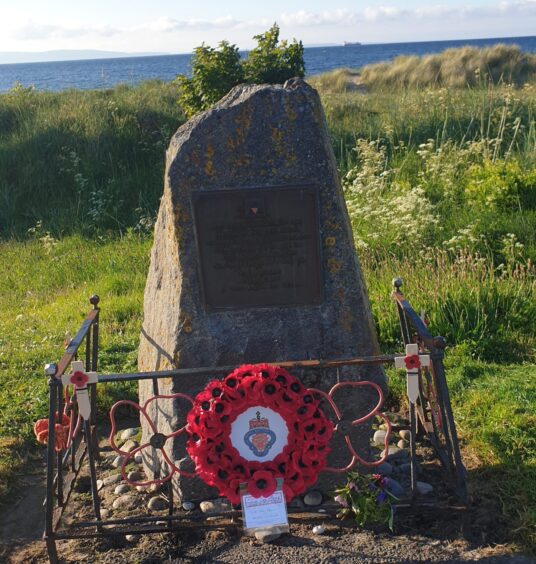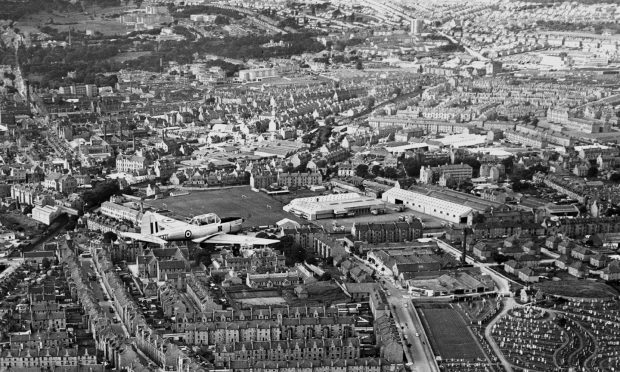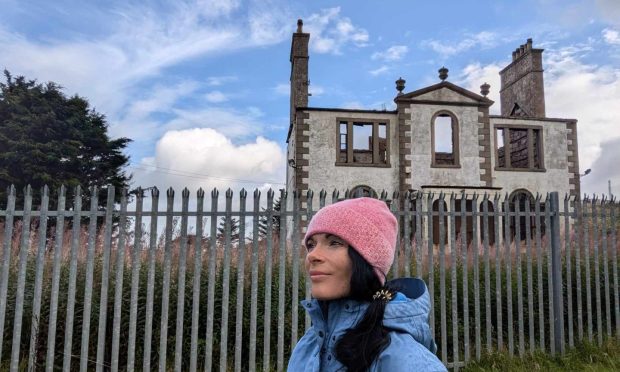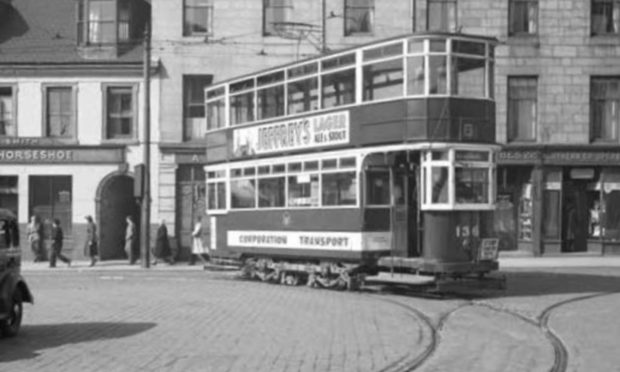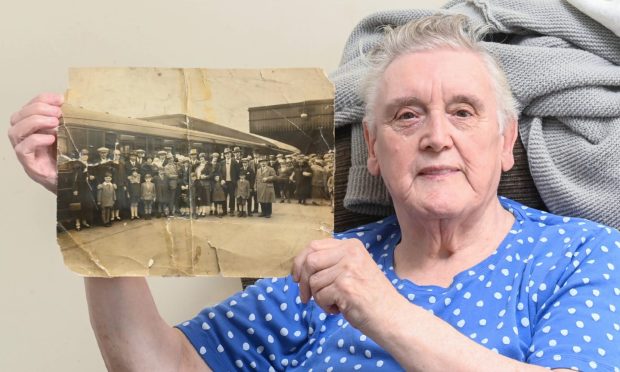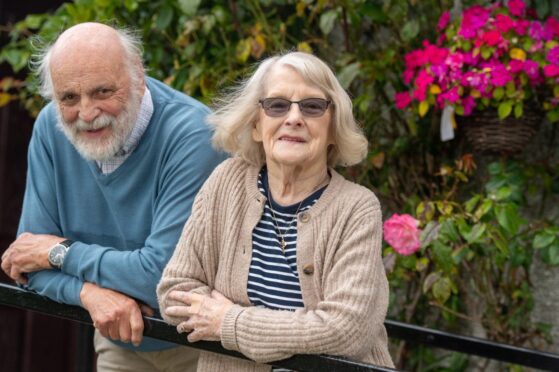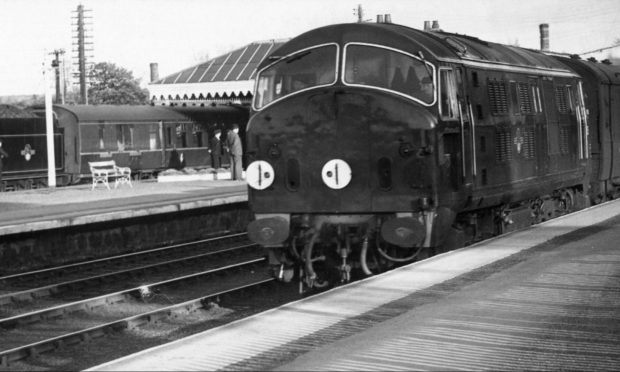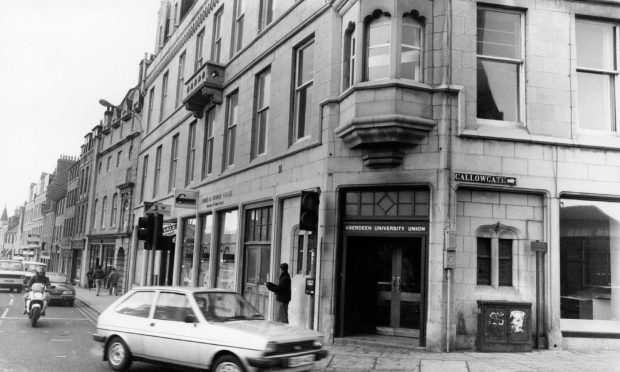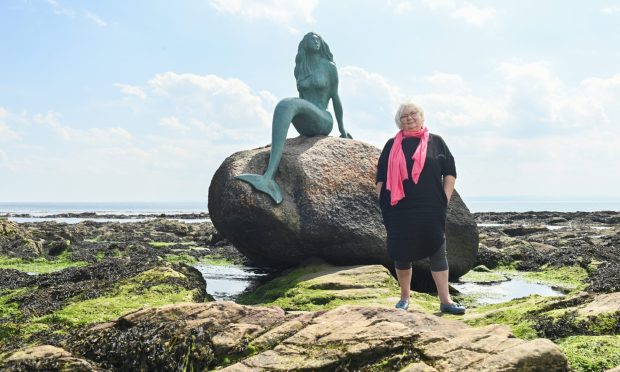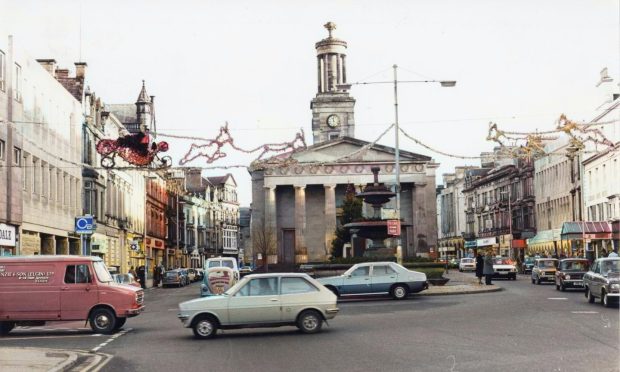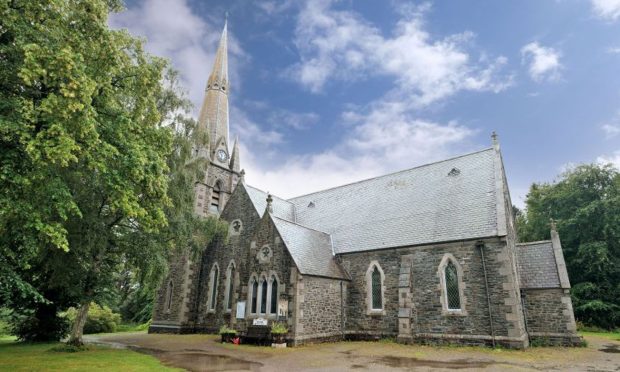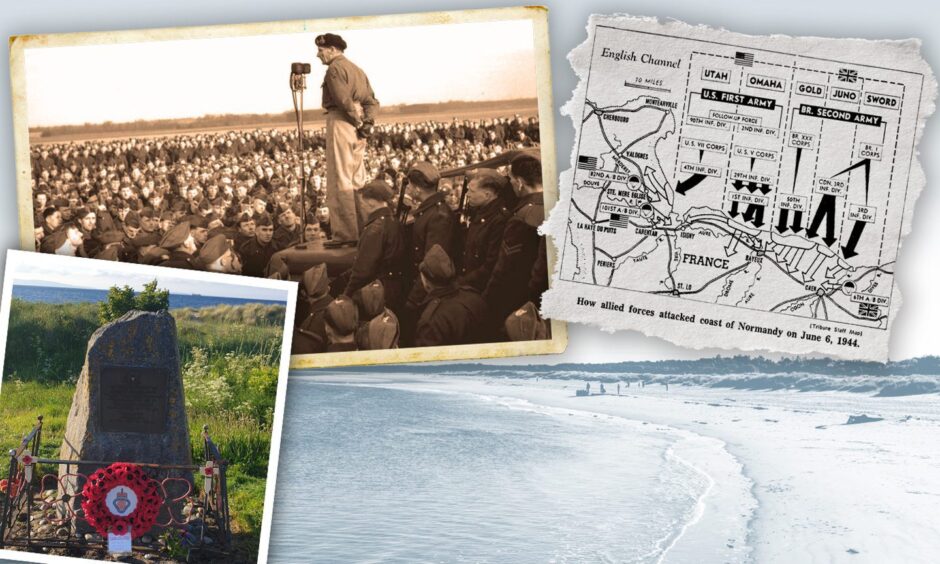
The eyes of the world and its media will be trained on the beaches of Normandy on June 6, 2024.
The Allies stormed in by air and sea on that day in 1944 to take France back from the occupying Germans.
Although the losses on the day were horrendous, 4,414 Allied troops dead and 5,000 wounded, D-Day was a success.
From then on, the war was effectively over.
There will be many commemorations, and not a few tears shed, in northern France to mark the 80th anniversary of D-Day.
And not only in France, but in Moray and Easter Ross, because what’s less well-known is the contribution made to D-Day some 700 miles north of Normandy over a large area of the Moray Firth coast.
To be a success, D-Day required not only meticulous planning, but thorough troop training.
The military top brass decided the Moray Firth came closest to what troops would encounter in Normandy, and from November 1943 to April 1944, the coast and several miles inland was requisitioned by the War Department for training.
It was a massive undertaking.
Farms and settlements evacuated
From the Tarbat peninsula to well past Nairn, coastal farms were evacuated, the contents sold off in Dingwall in ‘displenishing’ sales.
The villagers of Inver on the north shore were given a month to finish the harvests and evacuate all 900 inhabitants and their livestock. Inver school with its roll of 56 children, closed in November 1943.
It was a similar story in farms and settlements along the Firth to roughly 8 miles inland.
The area became home to the 3rd Infantry Division, commanded by General Bernard ‘Monty’ Montgomery, and thousands of Navy and RAF personnel.
They were billeted all along the coast, and must have made quite an impact.
Troops on manoeuvres night and day
In the run up to D-Day it’s estimated there were 40,000 troops in the area.
They were constantly on manoeuvres, practising for the invasion of France but not knowing when it would happen.
The biggest exercise was on March 30/31 1944 at Burghead, where 204 Sherman tanks, 32 Stuart tanks, and all the infantry of the 3d Division, plus cruisers and destroyers, took part in a simulated Channel crossing and beach landing.
Nairn was the focus of much activity
Men of the East Yorkshire regiment were billeted in various locations in Nairn, including the Waverley Hotel and the Public Hall.
The officers were installed in the Royal Marine Hotel, and mortar platoons with their Bren-gun carriers were at the Alton Burn Hotel.
The Washington Hotel was requisitioned for personnel of the Royal Artillery, and Cummings Garage at the Shambles had the Royal Electrical and Mechanical Engineers (REME) working on vehicles there.
The Polish troops, billeted in Viewfield House, are remembered for their beautiful singing as they marched through the town.
Indian troops, accompanied by mules, made the Farmers’ Showground their camp, building a tent city.
That winter, tanks based at Fort George and further east at Forres and Gordonstoun, regularly passed through the town.
Tanked up in Fishertown
The narrow streets of Nairn’s Fishertown witnessed the astonishing sight of tanks lined up ready for manoeuvres.
Margaret Bochel, a local author, recalled seeing a tank in Park Street, and others lined up from Firth Street all the way onto the grass towards the beach.
One day, coming home for lunch from her work at the local chemists, she was stopped by a soldier as she approached Park Street and not allowed to go any further.
Her pleas to the soldier that she lived in the area fell on deaf ears until her next-door neighbour was able to vouch for her and she was allowed to go on her way.
Margaret’s eye was caught by a group of officers at the corner of Park Street, and she was certain that among them was ‘Monty’ (General Montgomery).
The story got back that when officers in charge showed the General the ramps that had been constructed to help train the soldiers in the disembarkation of tanks in France, his response was to the effect that the Germans would not be so helpful in providing ramps on the French beaches.
Another local witness spotted Monty that day when she cycled past some military vehicles.
He was at Brackla airfield in April 1944, inspecting the entire Division.
He called the troops round his Landrover and said: “I want you to re-form, stand at ease and look me in the eye as I pass up and down the ranks so that we shall know each other when we meet in battle.”
The late Ronald JR Gordon, a prominent Nairn businessman, related in notes he kept about the time: “The men’s eyes fairly sparkled as they related this meeting and it was obvious they had been captivated by his address.”
Destination Sword Beach
On D-Day, Tuesday June 6 1944, the 3rd Assault Division and the men of the 13th/18th Royal Hussars (Queen Mary’s Own) – who had also practiced on the Moray Firth – landed on Sword Beach under the banner of the 27th Armoured Brigade.
The easternmost of the five landing areas, it placed Allied forces within striking distance of the city of Caen.
Memorial on the Links
Mr Gordon planned and funded a memorial to the presence the 3rd Division in Nairn in 1987.
It’s inscribed with the words:
Silent we came
Silent we left
To strike a blow for freedom
Nairn British Legion is holding a commemoration for all to attend at the memorial on June 6 at 10.30am.
The service will include the history of the memorial and the story of the 3rd Division, a tribute, the Act of Remembrance and the laying of a wreath.
Display at Nairn Museum
Nairn Museum also has a special display to mark the historic events in the town.
Operation Overlord – Nairnshire’s contribution to D Day 1944 will open on Wednesday June 5 and run to mid August.
